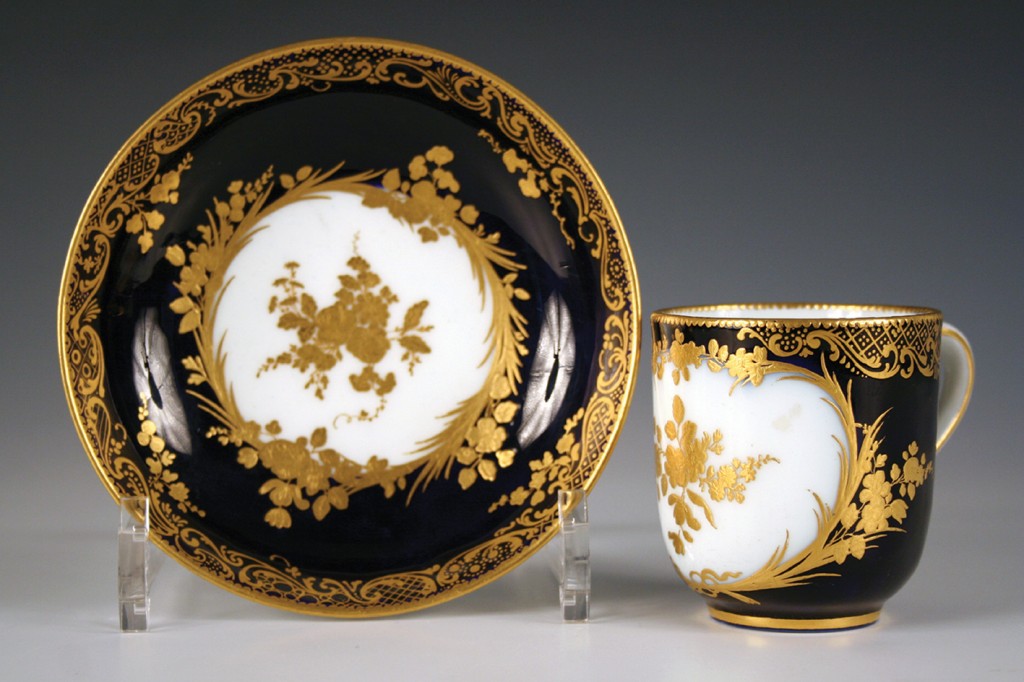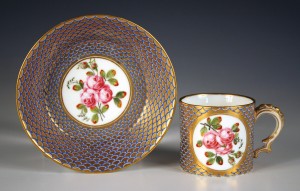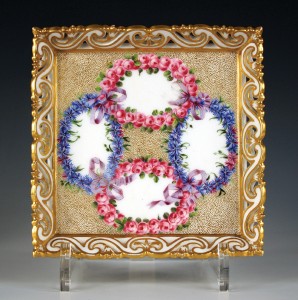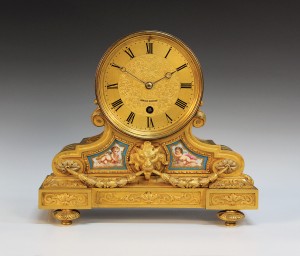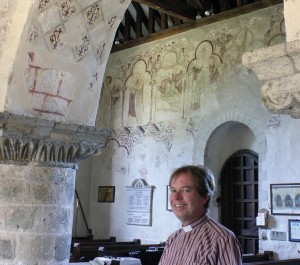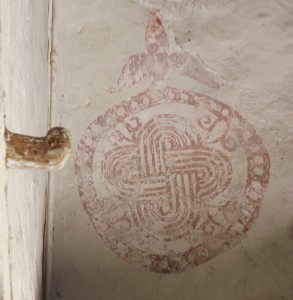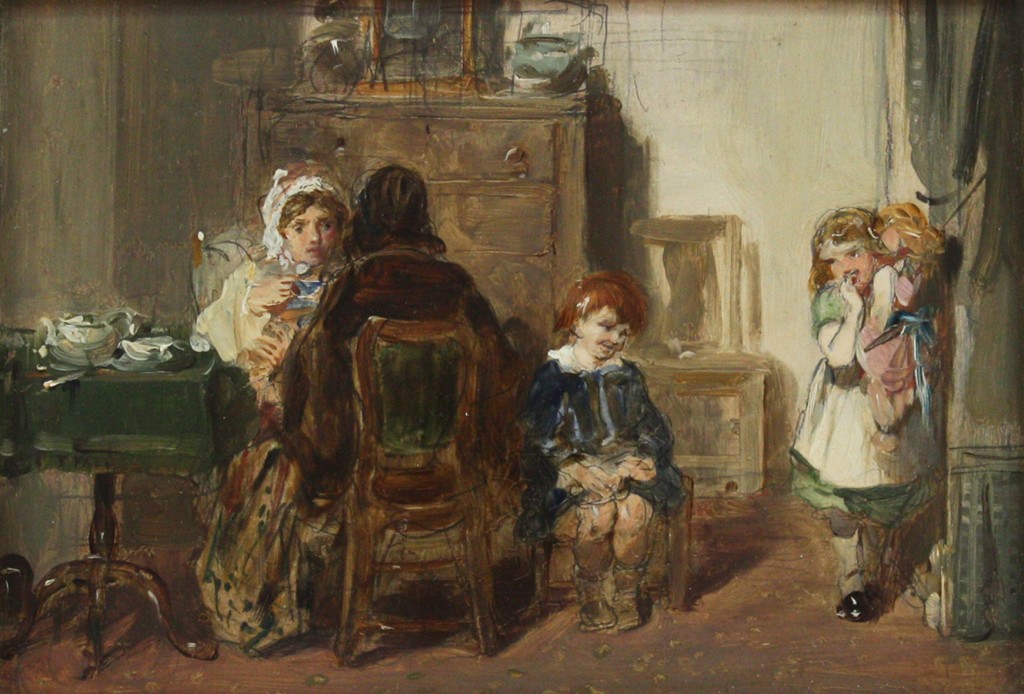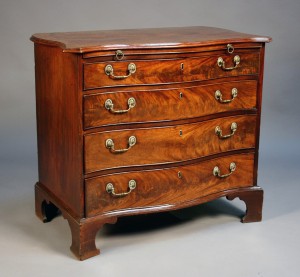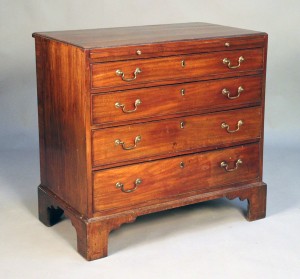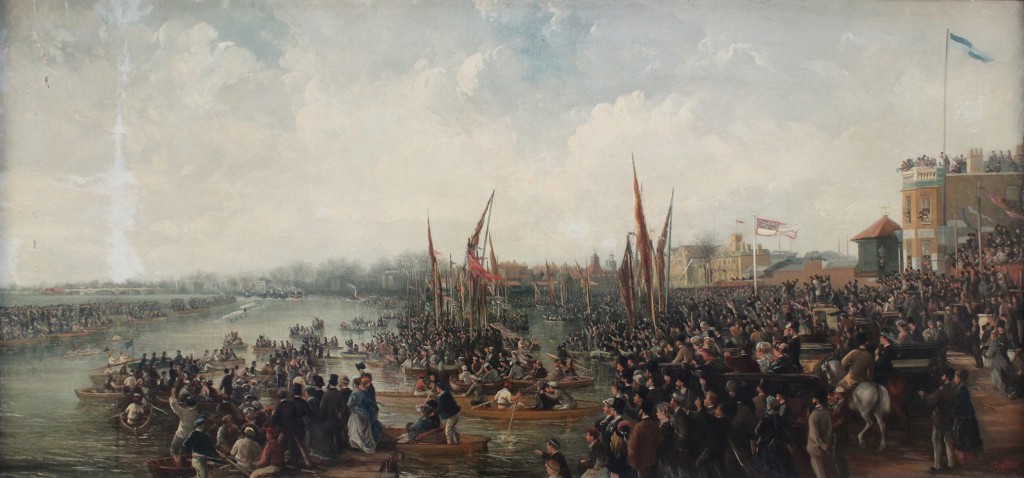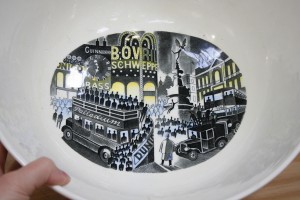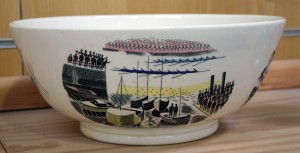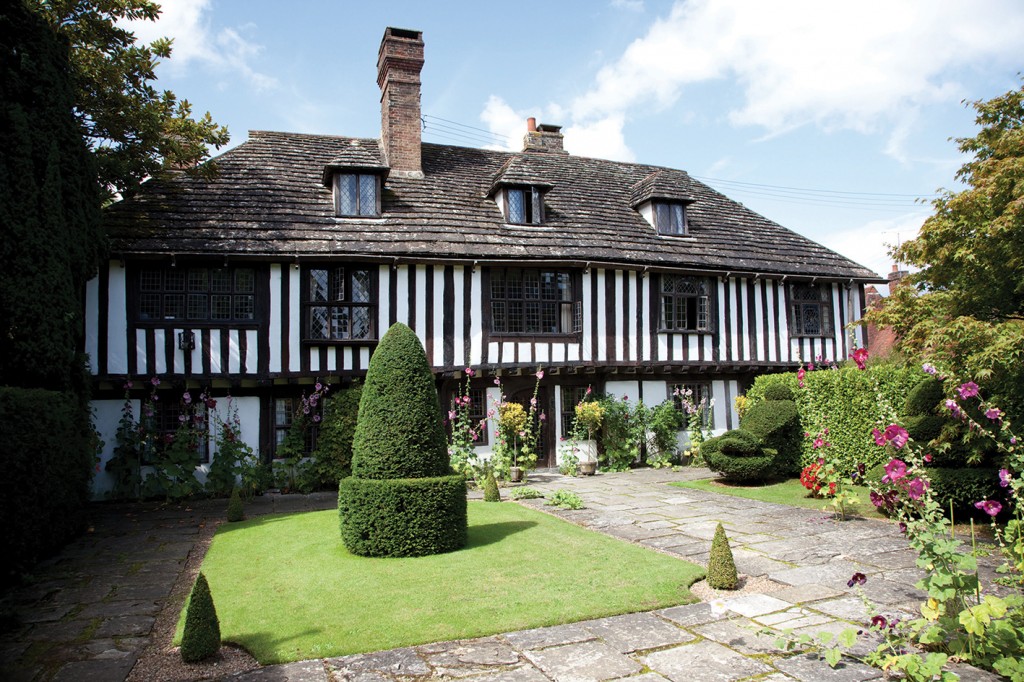
With the exception of our churches, few buildings in Sussex reflect the rich tapestry of our county’s history over almost nine hundred years as well as St Mary’s House, Bramber.
Philip de Braose entered Jerusalem in 1099 to open up the Holy Places to Christian pilgrims. Out of this first crusade the Order of Knights of the Temple of Jerusalem was founded and on Philip’s death in 1125 his widow gave five acres of land to the Knights Templar. The house built there passed to the monks of Sele, whose parent abbey was in Samur, France. Despite the numerous pilgrims journeying on the routes to centres like Canterbury and Santiago de Compostela, by 1320 this monastic inn had fallen into disrepair. In about 1470 the Bishop of Winchester, William of Waynflete, built a new chapel house around a galleried courtyard. The origins of St Mary’s House, as we know it, are to be found in Waynflete’s work.
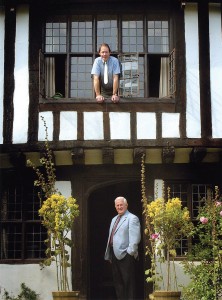
The fortunes of St Mary’s have continued to ebb and flow over time but this beautiful house and its grounds seem to have always found passionate and generous custodians at just the right time. In the 20th century St Mary’s found herself once again in disrepair and in 1941 was requisitioned by the Ministry of Defence to house soldiers, including the men from the Royal Canadian Artillery. In 1944 St Mary’s was put up for auction at the Old Ship Hotel, Brighton. By chance, Miss Dorothy Ellis spotted the advert and, against the advice of friends, determined to attend the sale. Miss Ellis was successful in her bidding, preventing a local builder from acquiring St Mary’s to demolish the house for her timbers! Miss Ellis did all in her power to preserve St Mary’s and ensured that it became Grade I listed.
In 1984 St Mary’s, yet again in some disrepair, found herself up for sale once more. On this occasion the house captured the imaginations of her current custodians and patrons, Peter Thorogood and Roger Linton, who purchased St Mary’s with the express wish to keep it open to the public. Their different gifts have blessed St Mary’s. Peter brought his experience at the British Council and his gifts as a writer and researcher to the task of preserving St Mary’s. Roger, with a background in design seeded at the Royal College of Art, brought his gifts as a conservator and set about restoring the property and designing the gardens. Peter’s love of music and theatre are given expression in the program of concerts and theatre which are at the heart of St Mary’s life.
These generous custodians have always wanted to share St Mary’s with others and this is reflected in the extraordinary community of gifted volunteers and Friends of St Mary’s, who have joined with Peter and Roger in their work. “They are our St Mary’s family,” Peter reflects.
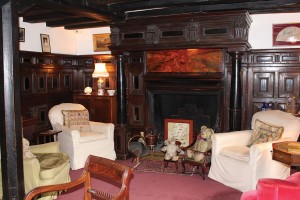
It is quickly apparent that Peter and Roger are rooted in this place. Peter says, “We were both fascinated by timber-framed houses, even as boys.” Roger interjects, “We both knew this house as boys, thanks to our parents. I used to visit with my father, a Methodist minister, when we went to Steyning, which was part of his circuit.” I comment that there is a real quality of calling and vocation apparent in their life and work at St Mary’s. Peter’s face breaks into a smile and he replies, “Yes, calling and vocation in looking after the house, this place, its history and the people St Mary’s gathers. It’s always been for the benefit of others, the public, as well as ourselves.”
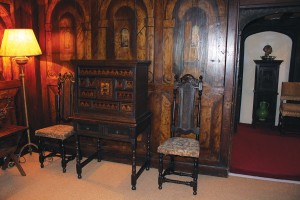
Although there is a grandeur to this wonderful old house, it is very much a home, informed by the passions and interests of Peter Thorogood and Roger Linton. They have not only preserved and restored this important landmark in the history of Sussex but also kept it alive, inspiring a team of volunteers and friends to join them in their adventure. Peter and Roger have a deep sense of dedication to this place and their vision to share St Mary’s with all of us. It has become their lives over the past thirty years and they deserve our thanks. Whether visiting for the first time or returning to an old friend, as I often do, St Mary’s has a particular gift of taking us out of the business of our own lives and allowing us to see ourselves in that broad procession of human history of which Sussex has so often been at the centre. St Mary’s House and Gardens opens to the public for the 2014 season this coming Sunday afternoon, 4th May, from 2pm to 6pm. For further details visit www.stmarysbramber.co.uk.
By Revd. Rupert Toovey. Originally published on 30th April 2014 in the West Sussex Gazette.
